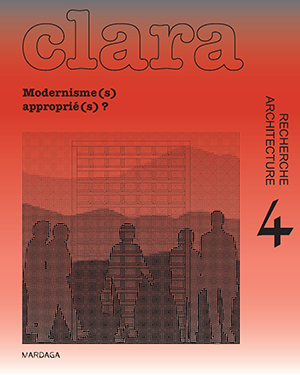Reports from Sahara. Transitions and contradictions in Afro-European modernities the case of Cansado-Zouerate, Mauritania
Main Article Content
Abstract
Between 1959 and 1965 MIFERMA, the National Mining Company of Mauritania, displaced more than 10000 people in the middle of the Sahara to support its industrial growth. Stressing the principles of modern urbanism and coping with extreme environmental conditions, the French planners in charge fulfilled MIFERMA’s ambition to accommodate 10000 african workers and european managers in two new-towns, linked by a 700 kilometres railway laid across the desert.
The history of Cansado, the seaport settlement, and Zouerate, the inland one, are strictly interlaced with parallel planning experiences in West Africa. Shaped in the framework of the large scale network of iron and steel across the Atlantic ocean, the Mauritanian test represents one of the most relevant effort in mining-towns’ planning that, according to the Governor of French Guinea Roland Pré, was the main tool through which Africa could play “its own future, mainly in the virgin lands of the inland, where large industrial complex and services are being planned”.
Mostly inhabited by displaced people, from both African and Europe, Cansado and Zouerate share the same ideological basis and form a unique, interconnected system of both dwellings – to house people - and infrastructures – to feed them- that cross the desert. Nevertheless, the different planning process established by the mining company as well as the role played by the planners deeply influenced the further development of the cities. While in Cansado the strict typological rule overlapping the morphological variation prevented any form of adaptation process, Zouerate grew as a spontaneous city beside the modern settlement and a large belt of bidonville and gardens started surrounding the city.
If the decolonization transition shaped - and subverted - the modern utopia, the extreme environment of Sahara contributed to stress the contradictions, well highlighted by the opposite destinies of Cansado and Zouerate.
Article Details

This work is licensed under a Creative Commons Attribution-NonCommercial-NoDerivatives 4.0 International License.

